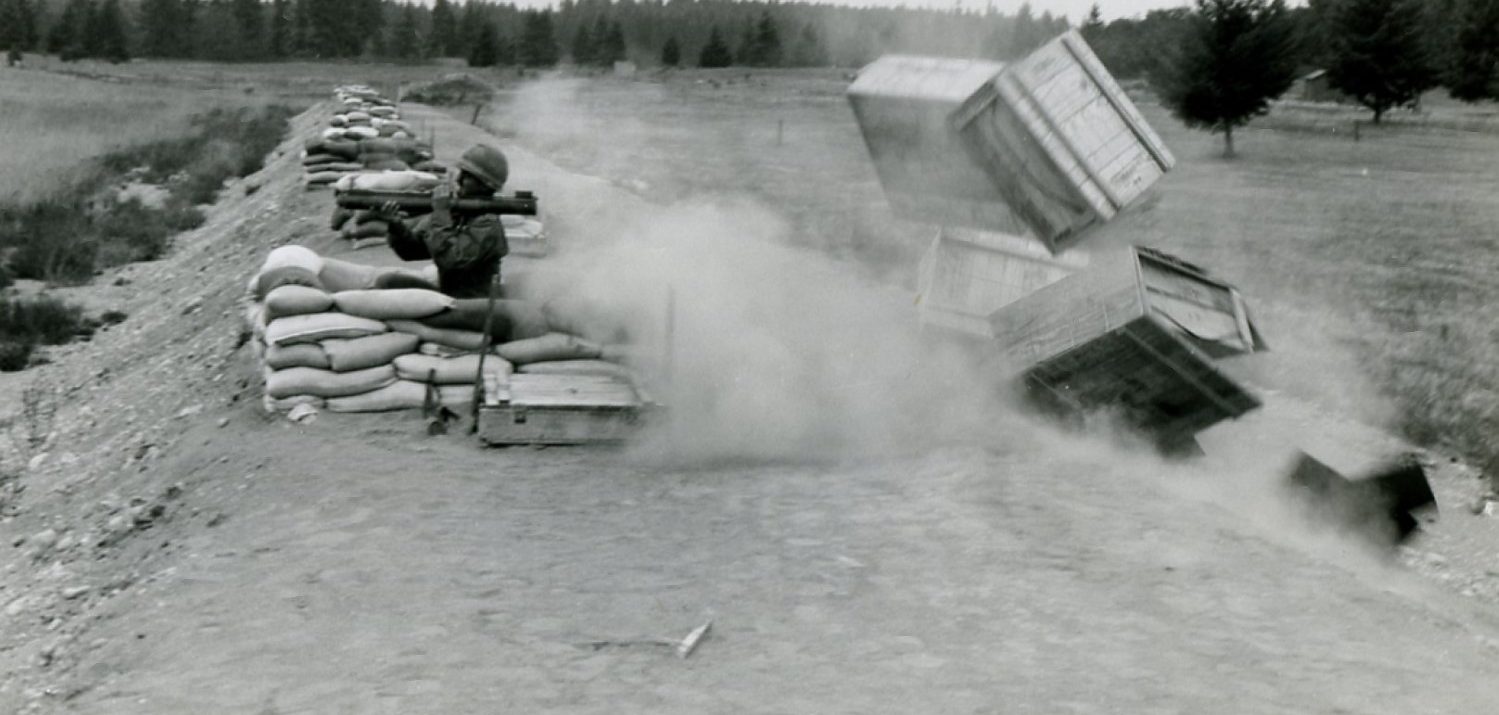by Peter Suicu
Ironically, two nations that used bikes in the greatest numbers have never actually used them in anger. These are the neutral nations of Sweden and Switzerland, each of which has rugged terrain and an independent spirit. Sweden was among the forerunners of bicycle technology for military use, and the 27th Gotlandic Infantry Regiment replaced its cavalry complement with bicycle-mounted troops in 1901. By 1942, the nation had six bicycle infantry regiments.
From 1948 to 1952, however, the Scandinavian nation began to decommission its bicycle infantry regiments, and by the 1980s only special bicycle rifle battalions remained. Most of the military bikes were sold off, and these are encountered in limited numbers on the private market. For collectors there are a number of models on the market, and those from the wartime era tend to be more desired by collectors, even though Sweden didn’t take an active part in World War II. Commercial versions based on past military designs are also available today, but these were never technically used as military bikes.
Swiss Army Bikes
Europe’s other major neutral power, Switzerland, also has a long history of military bicycles. The Swiss followed the Swedes in adopting the bicycle for use by the infantry, with a special bicycle regiment introduced in 1905 and phased out only in 2001. The bikes that the mountainous nation used are known for their high quality and durability.
[text_ad use_post=”1890″]
“Switzerland had a major shift in 1988 or thereabouts, and disbanded the original bicycle corporation,” says Patrick Robb of Cold War Remarketing. The country’s military transformed the bicycle units, in part to introduce a new and more modern bicycle. “This new bike was about $3,500 so it was significant,” adds Robb. “What they did was to introduce a training program where you had to buy the bike, and at the end of the training you were refunded for the cost for the bike.”
This updating resulted in Switzerland selling off nearly all of its military bikes, and Robb’s company is among the largest dealers of the famous Swiss Army bikes. From the late 1990s to 2004, the company was able to obtain several hundred bikes at a time. “We’re not seeing those numbers anymore,” says Robb. “Now the majority of the liquidation of the old bikes has happened, and the deals are no longer available.”
Collectors Beware
The glut of Swiss and Swedish Army Bikes may have passed, but collectors can still find many bikes on the market today. As with any military collectible, caution needs to be taken. While outright fakes are uncommon, in part because the market for collectors of military bicycles isn’t that great, many bikes are not exactly what they appear to be. “I wouldn’t say these bikes are faked when you consider a fake as being something that is newly made especially to resemble something else or similar to something that was made in the past,” says Willaert. “But it also gets confusing, as many straight-off-the-shelf civilian bikes were put to use by the armed forces in their constant effort to conserve rubber and gas consumption. Some were repainted olive-drab and some even kept in their original color and chrome finish.”
Willaert warns that it is easy for someone to repaint an old bike, even one from the 1950s, and claim that it is of wartime vintage. Likewise, many Swiss and Swedish bikes are often passed off as German, since all things German tend to carry a premium when it comes to World War II collectibles. Folding bicycles, which often are classified as “paratrooper bikes,” are also highly desirable, even if most probably never actually made a jump.
For the collector who wants to get started, Montague Bicycles currently offers a paratooper model, which was developed for the United States military and is currently used around the world by the Marine Corps and Army Special Forces. Following landing, the full-sized aluminum mountain bike can be deployed in less than 30 seconds. Even in the age of Predator drones and high-tech warfare, the bicycle is still rolling on the battlefield.







Join The Conversation
Comments
View All Comments